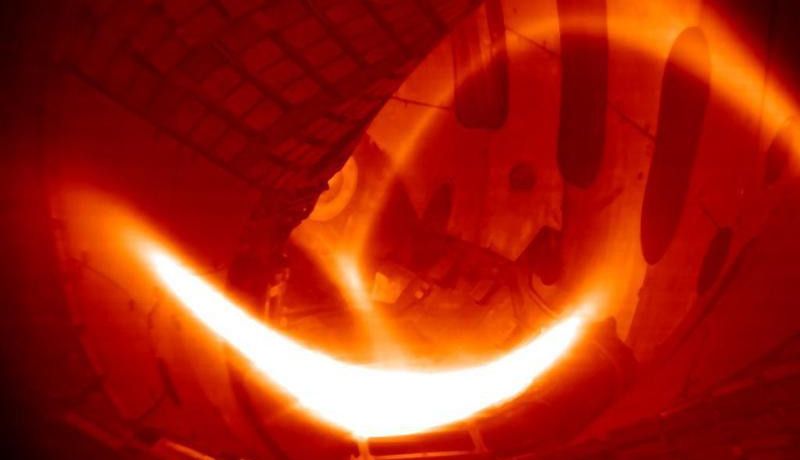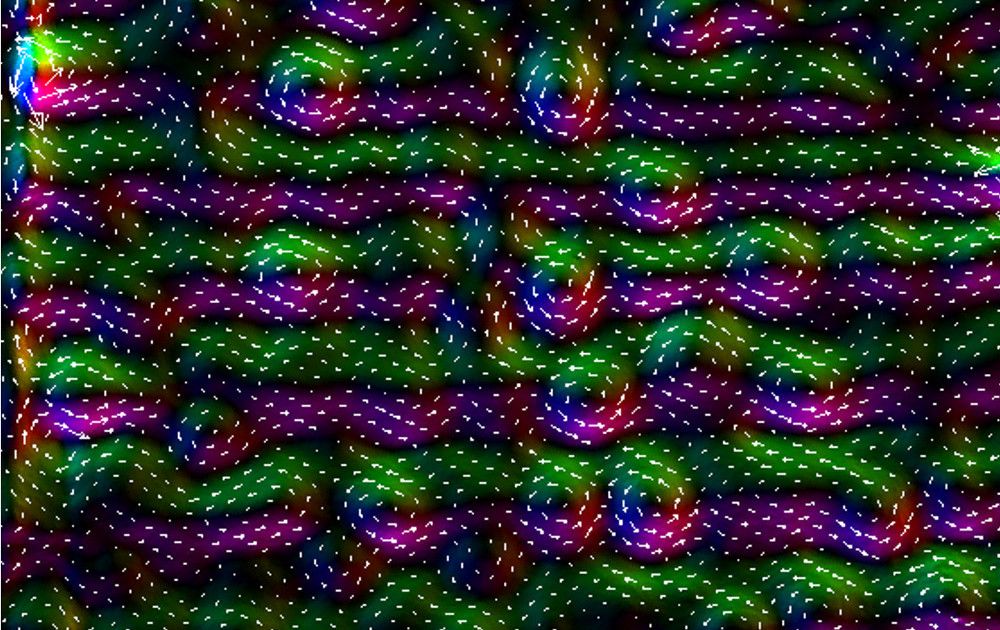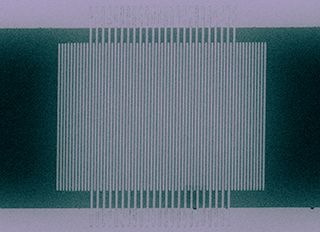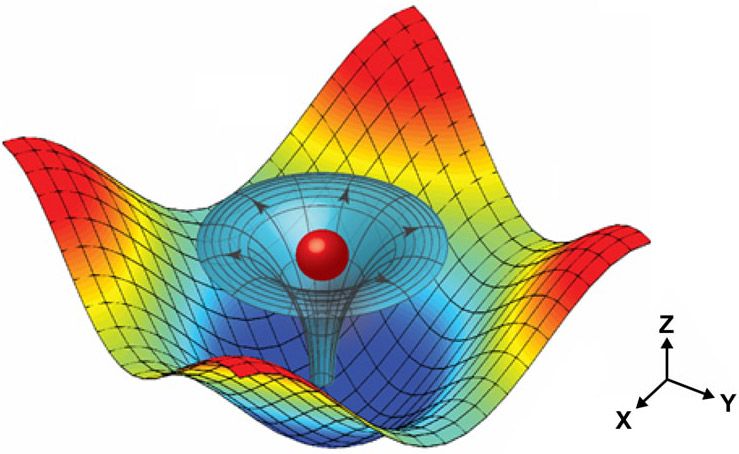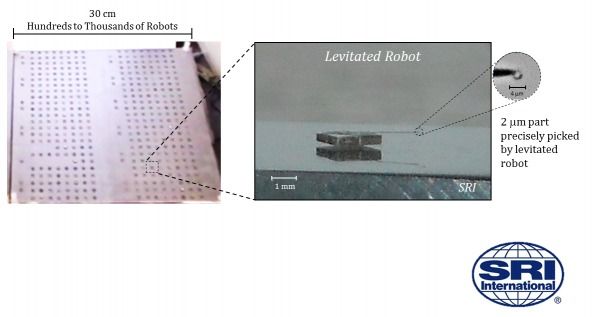Feb 3, 2016
Scientists in Germany Take a Major Step Towards Nuclear Fusion
Posted by Sean Brazell in categories: nuclear energy, particle physics
Excellent news!
Physicists in Germany have used an experimental nuclear fusion device to produce hydrogen plasma in a process similar to what happens on the Sun. The test marks an important milestone on the road towards this super-futuristic source of cheap and clean nuclear energy.
Earlier today in an event attended by German Chancellor Angela Merkel (herself a PhD physicist), researchers from the Max Planck Institute in Greifswald turned on the Wendelstein 7-X stellarator, an experimental nuclear fusion reactor. (Actually, the researchers let Merkel do the honors.) This €400 million ($435 million) stellarator is being used by physicists to test the technical viability of a future fusion reactor.
Continue reading “Scientists in Germany Take a Major Step Towards Nuclear Fusion” »
